The sun was shining brightly on the morning of Saturday 30 April when Jan Haseler led a walk at BBOWT’s Moor Copse Reserve near Tidmarsh. The reserve forms part of the Sulham and Tidmarsh Woods and Meadows SSSI and the meadows are the Coronation Meadows for Berkshire. While members were assembling, sightings included Large Red Damselfly, Beautiful Demoiselle, Grey Wagtail and Orange-tip, Holly Blue and Speckled Wood butterflies. The group set out southwards along the old road, pausing after a short distance to inspect the balls of apple-green seed disks on a Wych Elm. After crossing the bridge over the River Pang, the route turned left along the track towards the meadows, passing a dense area of flowering Ramsons between the track and the river. The group paused to look over the gate into River Field, which is one of the SSSI meadows, and the former arable field, which is being restored as a meadow. Seven Dexter cattle had recently been moved into River Field. The track led to Wigley Field, which is not part of the SSSI. The turf was dotted with yellow Bulbous Buttercups, with the flowers showing the diagnostic reflexed sepals. As is the case for most of the meadows on the reserve, the management regime for Wigley Field consists of a hay cut at the beginning of July, followed by aftermath grazing by cattle. To the left of the fence at the end of Wigley Field lies Harescroft Copse, which had a stunning blue and white carpet of Bluebells and Greater Stitchwort. The walk continued through a gate into Cottage Field, one of the SSSI meadows. Cuckooflower was dotted in profusion across the damper sections of the field and a Garden Warbler sang from adjoining Wigley Copse. A second gate led to Corner Field, another SSSI meadow. The field has low-lying wetter sections separated by dry gravel terraces. The route followed one of these terraces diagonally across the field, passing 3 big clumps of Cowslips. Turning aside into one of the damper sections, Marsh-marigold and Water Avens were found, then leaves of Great Burnet and Betony were seen near the edge of an adjoining wet area. A Red-headed Cardinal Beetle was spotted on the walk back along the boundary with Horsemoor Copse. The next gate led into Barton’s Field, which is not part of the SSSI. This field did not have a hay cut last year and the grass was longer and more tussocky. The walk continued into Moor Copse, where the ride was lined with Bluebells, Wood Spurge, Yellow Archangel, Primrose, Wood Speedwell and Bugle, and a Peacock butterfly was seen nectaring on Bluebell flowers. The ride crossed a small bridge over a ditch, where Yellow Iris leaves marked a deep peat channel. Eight Early-purple Orchids were in flower in a section of Hazel coppice to one side of the track. They were all quite small specimens and there were significantly fewer than in recent years, perhaps due to browsing deer or the lack of rain in the preceding weeks. Further along the ride, Wood Anemone and Field Horsetail were seen and tall Wild Cherry trees were in flower. The walk continued across 5-Acre Field, which was yellow with Dandelions and Bulbous Buttercups. There were also patches of Crosswort in flower. Two clumps of Fritillaries were a surprise sighting. A few flowers had been found last year, but before that it had not been known on the reserve. The walk continued into Park Wood, accompanied by the short melodious phrases of Mistle Thrush song. The root plate of a big conifer which had been brought down by gales earlier in the year showed the underlying gravel. There were a number of patches of Solomon’s-seal at the side of the ride and a big Field Maple had a mix of flowers and newly-formed winged seeds. The partly-rotten trunk and hollowed-out stump of a felled Ash which had been severely affected by Ash-dieback were inspected. The wide main ride led back towards the river. It was edged with Bluebells, together with contrasting flowers of Red Campion and Greater Stitchwort. Flowers on a glossy-leaved Guelder-rose were still in bud. The blue of the Bluebells stopped abruptly at a damper section where a few plants of Water Avens and a specimen of the hybrid with Wood Avens were found. Then came the morning’s best display of Bluebells, with the carpet of blue extending deep into the woods on either side of the ride. Goldilocks Buttercup and Bush Vetch were also seen here. After crossing the Pang into Hogmoor Copse, the final section of the walk followed the river bank back to the car park. The water’s edge was lined with flowering Large Bittercress and the glossy green leaves of Hemlock Water-dropwort. At an accessible section of the bank, the flowers of the Large Bittercress were examined more closely, revealing their violet anthers. Other sightings along the bank included a single patch of Alexanders, Comfrey, Goat Willow and Spindle bushes. Near the entrance to the reserve, a swarm of small flies were zig-zagging in the sunshine over the surface of the river, with a Blackcap singing from deep in the vegetation behind them.
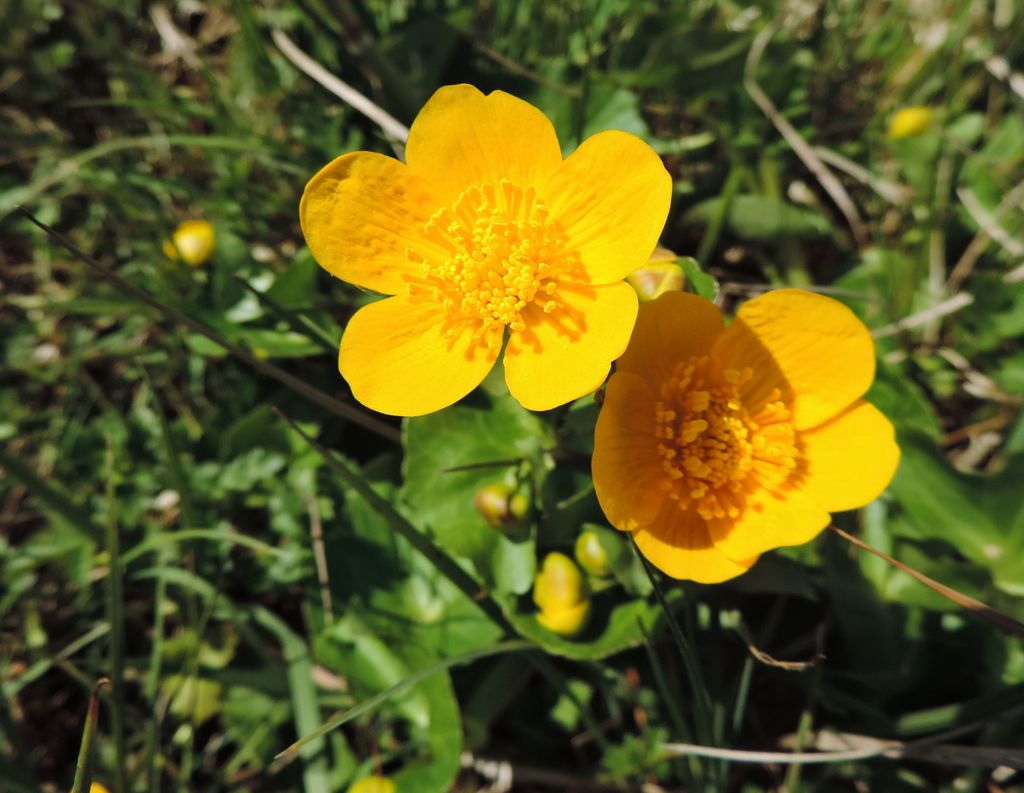
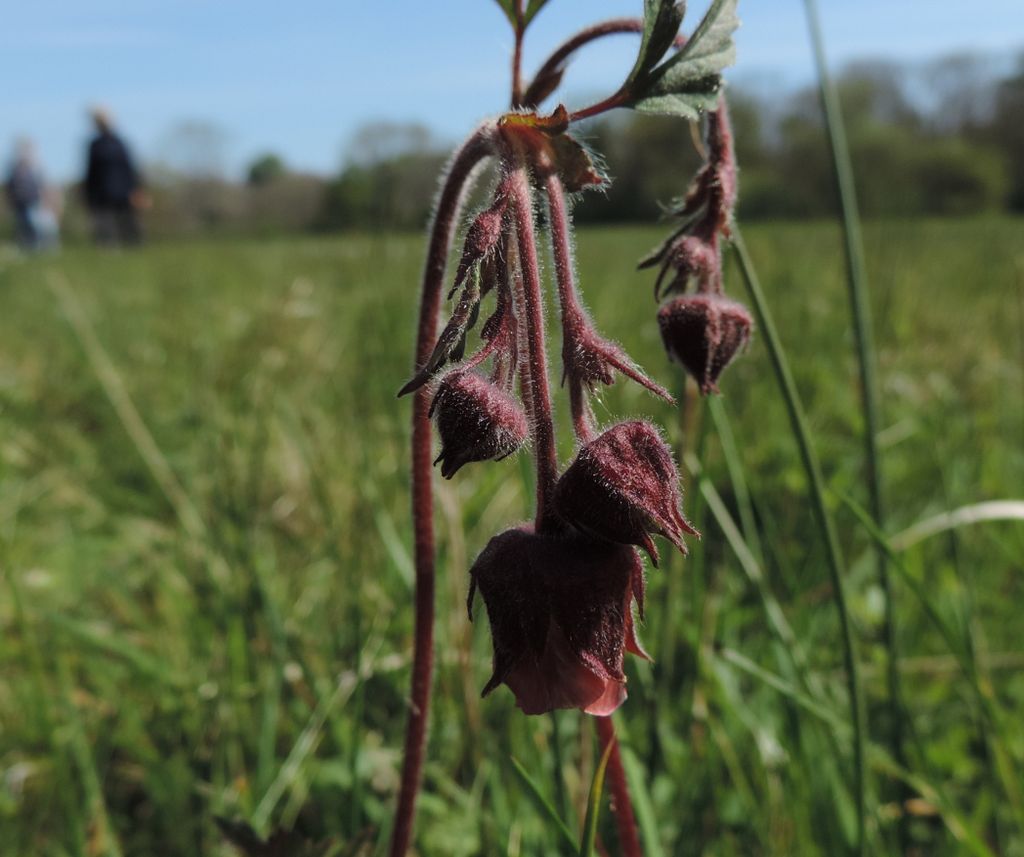
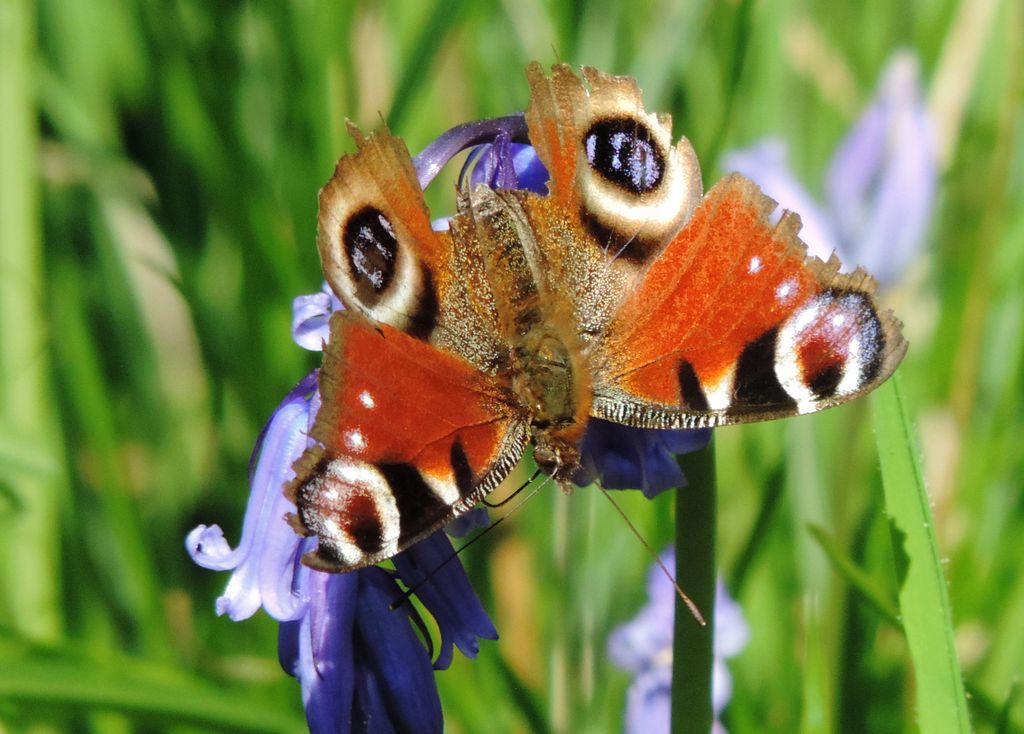
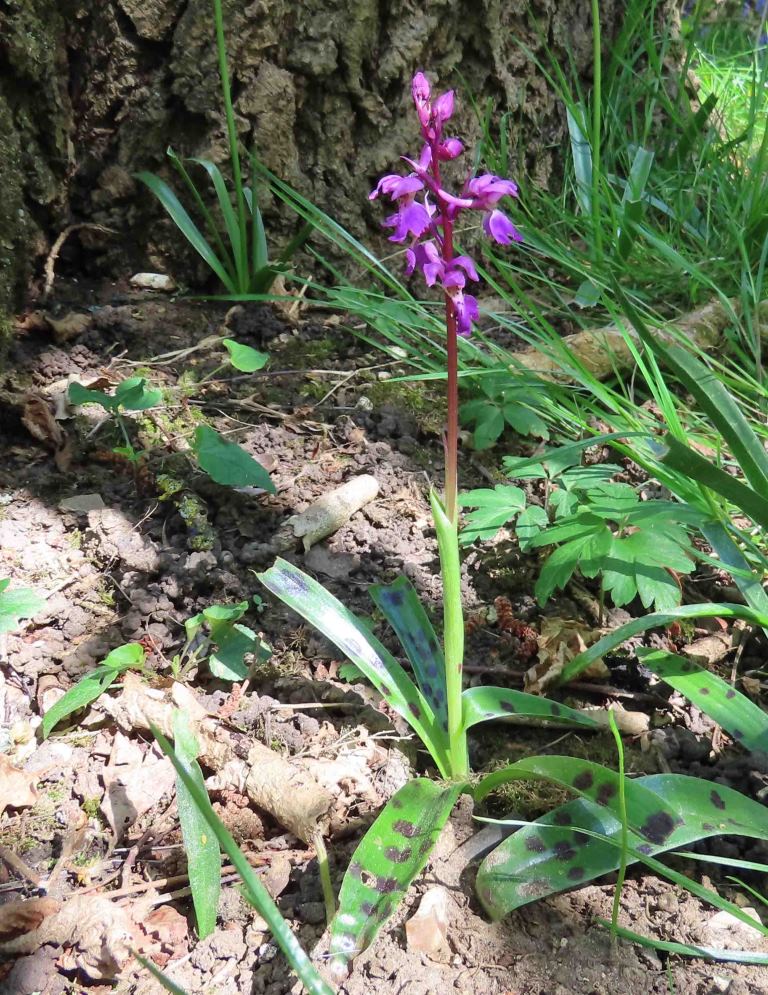
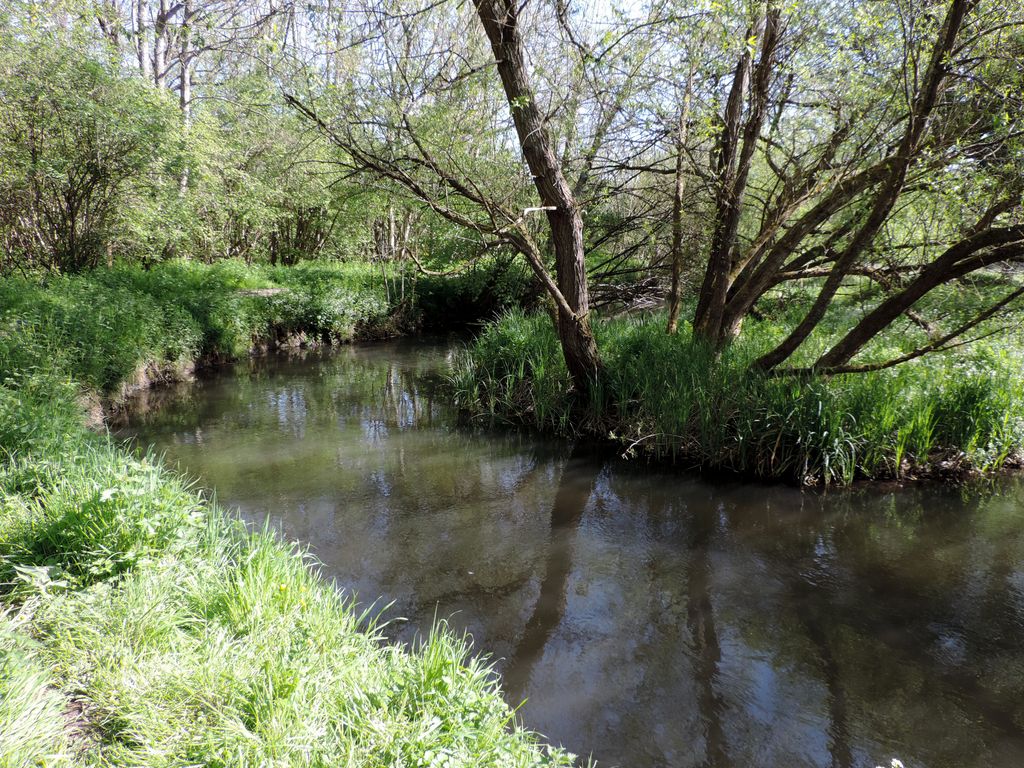
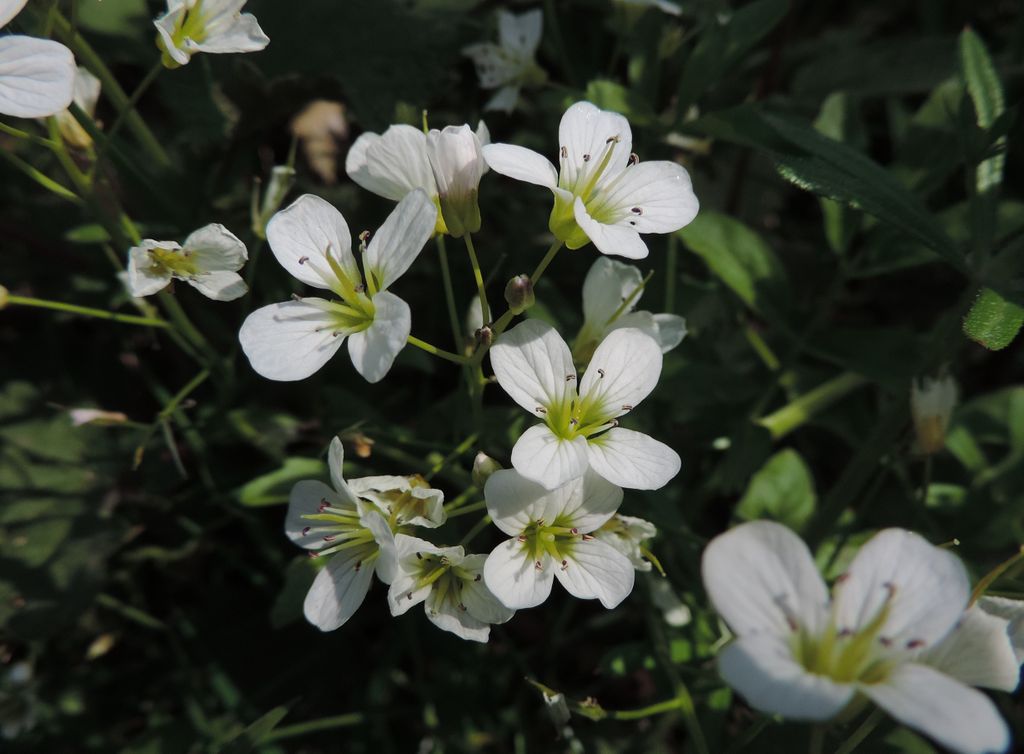
Pictures by Rob Stallard and Fiona Brown
